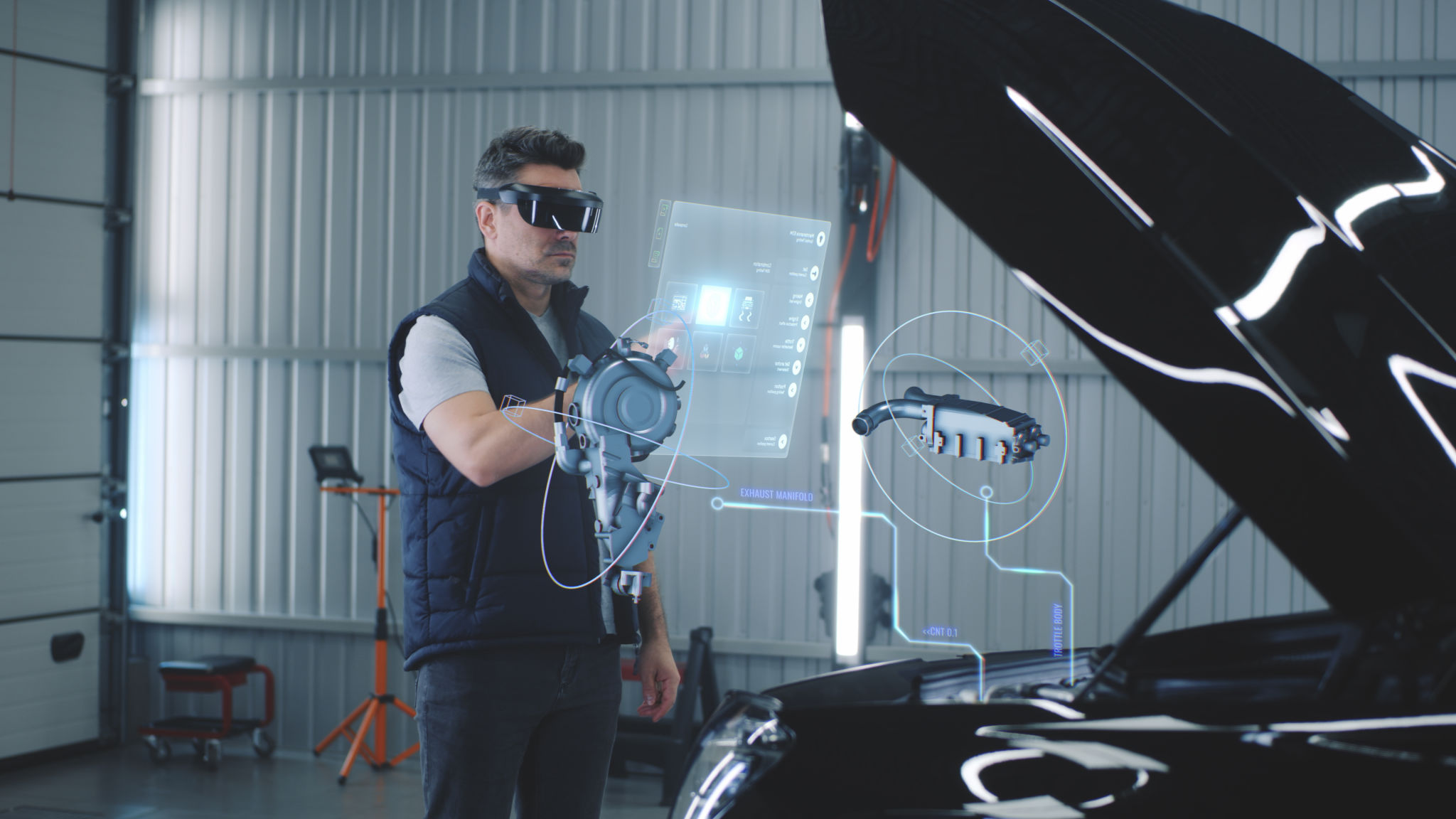Understanding the Latest Trends in Auto Body Repair Technology
Embracing Advanced Diagnostics
In the ever-evolving world of auto body repair, advanced diagnostics have become a cornerstone of modern service. With the integration of sophisticated computers in vehicles, repair processes now rely heavily on digital diagnostics to identify issues accurately. These diagnostic tools allow technicians to pinpoint problems with unparalleled precision, reducing the time spent on troubleshooting and ensuring that repairs are more efficient and effective.
One of the critical benefits of advanced diagnostics is their ability to interface directly with a vehicle's onboard systems. This connectivity enables technicians to gather detailed data about the vehicle's condition, providing insights that were once only possible through extensive manual inspections. As a result, repair shops can offer quicker turnaround times and more reliable repairs, enhancing customer satisfaction.

3D Printing Revolutionizes Parts Replacement
The advent of 3D printing technology is reshaping the landscape of auto body repair, particularly in parts replacement. This innovative approach allows repair shops to produce replacement parts on demand, reducing dependency on supply chains and minimizing wait times for customers. 3D printing also offers the flexibility to create custom parts, which is especially beneficial for repairing older or rare vehicle models.
As the technology continues to advance, 3D printed parts are becoming increasingly durable and cost-effective. This evolution not only helps in cutting down production costs but also supports sustainability efforts by reducing waste associated with traditional manufacturing processes. Repair shops adopting 3D printing can deliver faster service while maintaining high-quality standards.

Augmented Reality for Enhanced Training
Augmented Reality (AR) is gaining traction in the auto body repair industry as a powerful tool for training and development. By overlaying digital information onto the real world, AR provides immersive training experiences for technicians, helping them learn complex repair techniques more effectively. This technology allows technicians to visualize repairs before they begin, reducing errors and improving overall service quality.
Furthermore, AR can be used to guide technicians through intricate repair processes in real time, acting as a virtual assistant that ensures each step is performed correctly. This application of AR not only speeds up the learning curve for new technicians but also enhances the skills of experienced professionals, fostering a culture of continuous improvement within repair facilities.

The Rise of Eco-Friendly Repair Solutions
As environmental concerns continue to shape consumer preferences, the auto body repair industry is increasingly adopting eco-friendly solutions. From using sustainable materials to implementing energy-efficient practices, repair shops are striving to minimize their environmental impact. Waterborne paints, for instance, are gaining popularity as they reduce volatile organic compounds (VOCs) emissions while providing excellent finish quality.
Additionally, many repair facilities are investing in energy-efficient equipment and processes that lower their carbon footprint without compromising service quality. By embracing these eco-friendly practices, auto body repair shops not only contribute to environmental preservation but also appeal to environmentally conscious customers who prioritize sustainability in their purchasing decisions.
Automation in Repair Processes
Automation is revolutionizing several aspects of auto body repair, enhancing both efficiency and precision. Automated systems are now commonly used for tasks such as welding, painting, and even damage assessment. These systems help reduce human error and increase consistency in repair outcomes, leading to higher quality results.
The integration of automation also allows technicians to focus on more complex tasks that require human expertise, optimizing workflow within repair facilities. As technology continues to advance, the role of automation in auto body repair is expected to expand further, offering new opportunities for innovation and improvement in service delivery.

